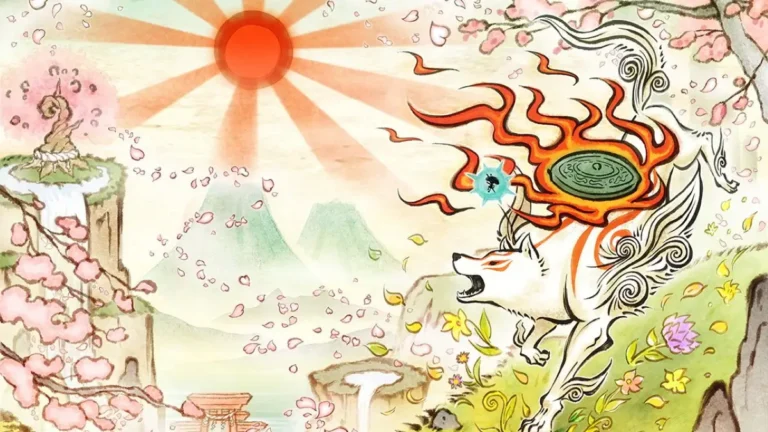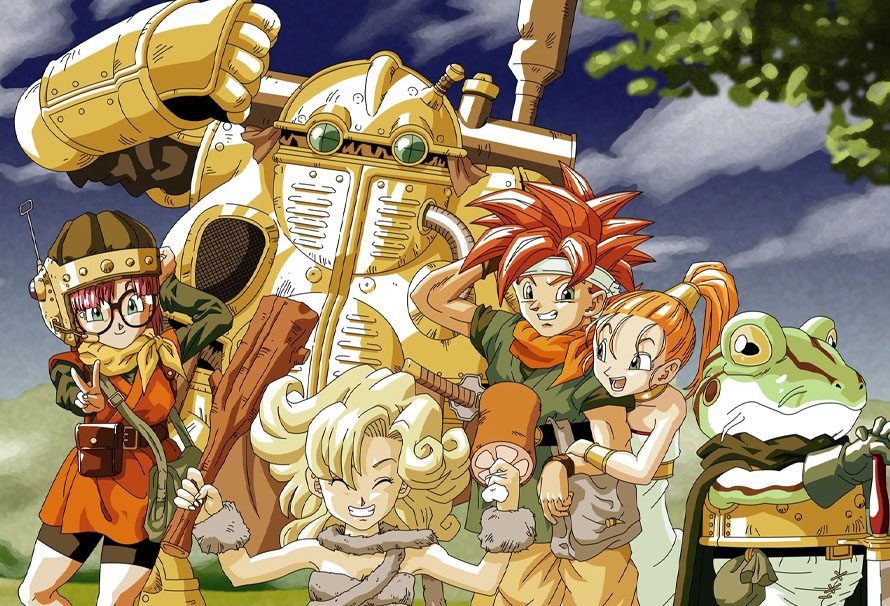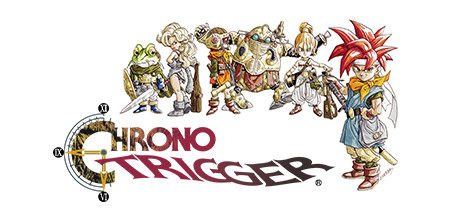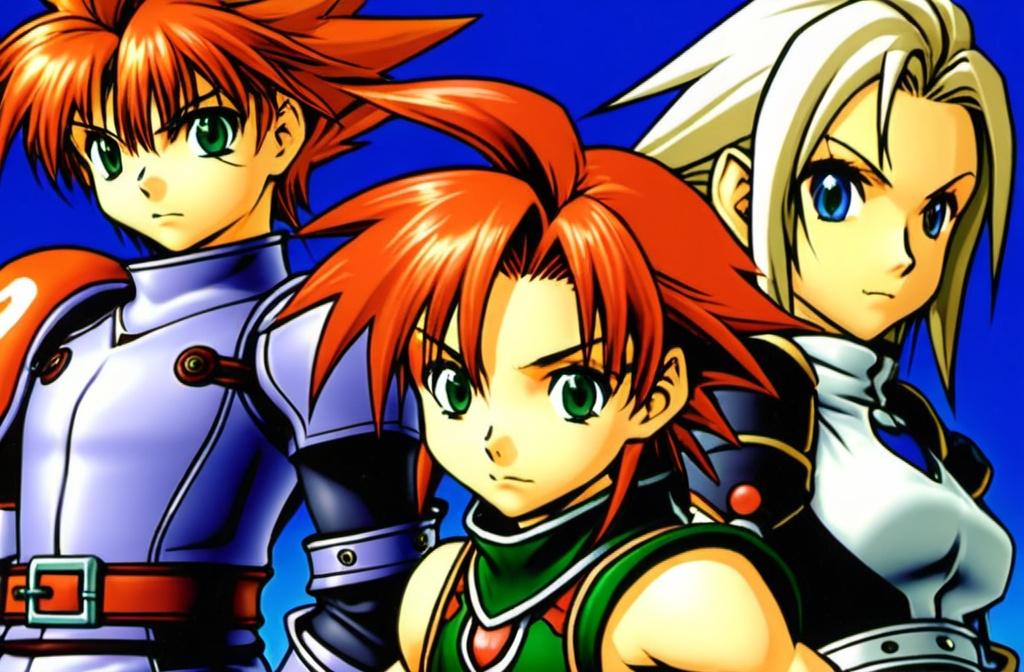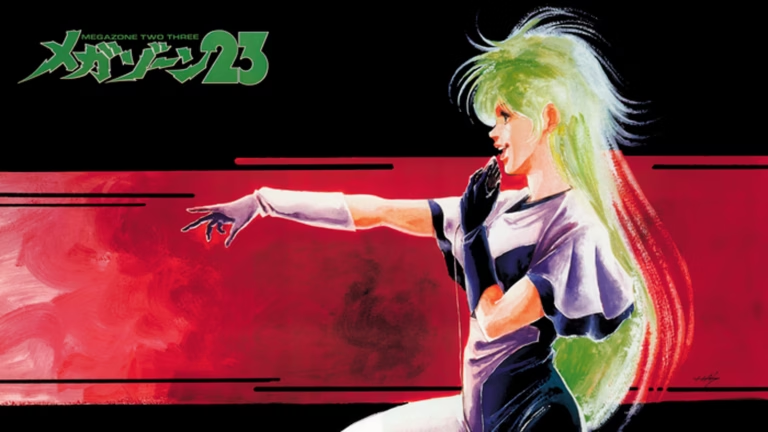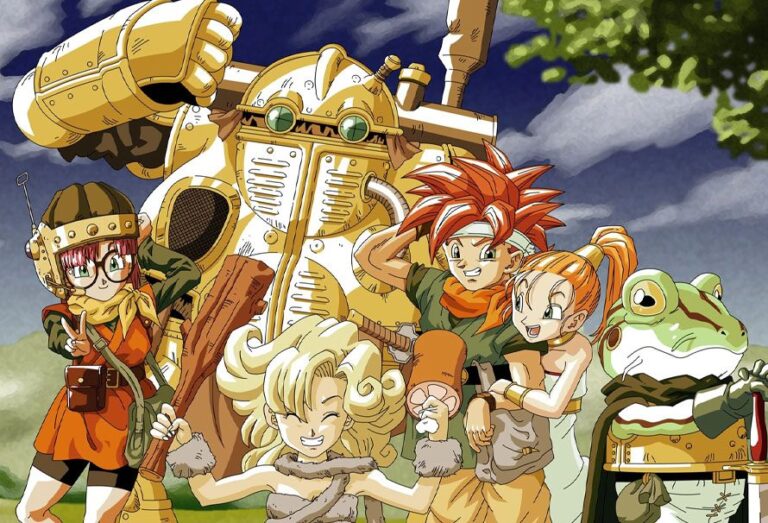Game data not found.
Story
Tsugunai: Atonement invites players into a mystical realm where the supernatural and the human worlds intertwine. The narrative centers around a young mercenary named Reise, who is cursed after a mission goes awry. In his quest to recover a stolen sacred artifact, Reise inadvertently angers the gods and finds his soul separated from his body. To atone for his sins, Reise must venture into the mortal realm as a spirit, seeking redemption by solving the troubles of various villagers in a quaint town.
The story is steeped in themes of forgiveness, sacrifice, and moral redemption. The core of the narrative revolves around Reise’s interactions with the townsfolk, each with unique backstories and personal dilemmas. His journey is not just about recovering his physical form but understanding his own humanity through the lives he touches. As Reise possesses different characters to influence their actions and solve their problems, players are treated to a tapestry of interconnected stories that reveal deeper truths about each character, including Reise himself.
Gameplay
Tsugunai: Atonement offers a distinctive approach to role-playing games, focusing on character possession rather than traditional combat mechanics. As a spirit, Reise can inhabit the bodies of townspeople, utilizing their unique abilities and skills to complete tasks and solve puzzles. This possession mechanic is central to the gameplay, allowing players to experience varied perspectives and gameplay styles as they navigate the challenges of each character’s life.
The game eschews typical RPG elements like experience points and leveling up, instead opting for a more narrative-driven progression. Success in the game depends on how well players can adapt to each character’s abilities and solve the intricate puzzles and quests presented. Combat does exist but is more strategic, requiring players to understand and leverage the strengths of the possessed characters. The game rewards those who can think critically and plan their actions to overcome obstacles.
Another aspect of the gameplay is the focus on exploration and interaction. Players are encouraged to thoroughly explore the town and engage with its inhabitants, uncovering side quests and hidden stories that enrich the main narrative. These interactions are not just fillers but add depth and emotion to the overarching theme of atonement.
Graphics and Sound
For its time, Tsugunai: Atonement delivered impressive visuals, capturing the ethereal and mystical atmosphere of its world. The game’s art direction is characterized by its vibrant yet somber palette, reflecting the duality of the spiritual and human planes. Environments are richly detailed, with the small town and its surroundings feeling both intimate and expansive, providing a perfect backdrop for the game’s introspective themes.
The character models are well-rendered, each with distinct features that add to their personality and the game’s narrative depth. The visual effects used during possession sequences are particularly noteworthy, providing a seamless transition between characters and highlighting the mystical aspects of the story.
Sound plays a crucial role in Tsugunai: Atonement, with a haunting soundtrack composed by renowned musician Yasunori Mitsuda. The music underscores the emotional and spiritual journey of the protagonist, employing a mix of orchestral and traditional instruments to evoke a sense of otherworldliness. Sound effects are equally well-crafted, enhancing the immersion by providing audio cues that complement the visual and narrative elements of the game.
Legacy and Reception
Upon its release, Tsugunai: Atonement garnered a mixed reception. Critics praised the game for its unique storytelling approach and innovative gameplay mechanics, which set it apart from other RPGs of the era. The possession mechanic, in particular, was lauded for providing a fresh twist on character interaction and progression.
However, some reviewers noted that the game’s pacing could be uneven, with certain quests feeling overly drawn out or repetitive. The lack of traditional RPG elements, such as character customization and progression, was also a point of contention for players expecting a more conventional experience. Despite these criticisms, the game has maintained a cult following, appreciated for its ambition and narrative depth.
Tsugunai: Atonement’s legacy lies in its willingness to experiment with the RPG formula, offering a story-rich experience that prioritizes emotional and thematic depth over combat and leveling. This focus on narrative and character development has influenced subsequent games that seek to blend storytelling with gameplay in innovative ways.
Conclusion
Tsugunai: Atonement remains a unique entry in the realm of RPGs, remembered for its ambitious narrative and distinctive gameplay mechanics. While it may not have achieved mainstream success, its impact is felt in its approach to storytelling and character interaction. The game’s exploration of themes such as redemption, sacrifice, and the human condition resonates with players long after the credits roll, securing its place as a memorable and influential title in gaming history.
For those seeking an experience that challenges the conventions of traditional RPGs and offers a deeply emotional journey, Tsugunai: Atonement stands as a testament to the power of video games as a storytelling medium. Its legacy continues to inspire developers to explore innovative ways to marry narrative and gameplay, ensuring that Reise’s quest for atonement is not forgotten.


